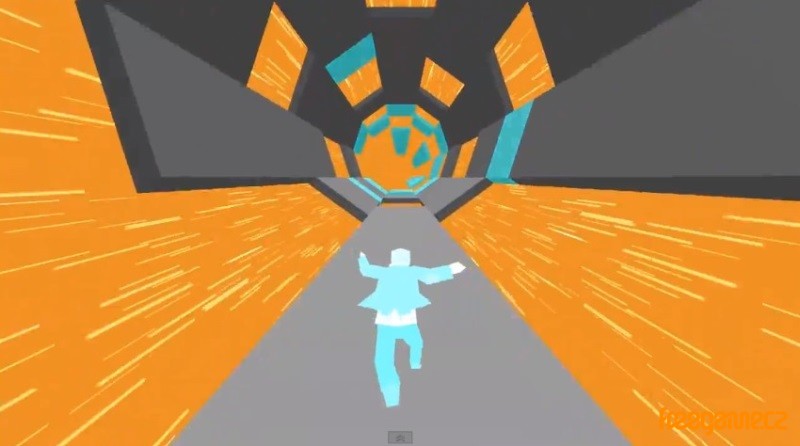
That space was for VIPs - and those determined enough to wait in line all night to snag a seat. As buzzing throngs of physicists crowded together to watch the announcement at CERN, Duarte didn’t make it to the main auditorium. “I was physically there maybe a week before the announcement,” Duarte says. Duarte was an eager graduate student who’d just arrived at CERN. On July 4, 2012, scientists at the laboratory CERN near Geneva announced the discovery of the Higgs boson, the long-sought subatomic particle that reveals the origins of mass. “But this is what particle physics is about – we have tens of thousands of predictions and we have to eliminate them.Javier Duarte kicked off his scientific career by witnessing the biggest particle physics event in decades. “We have removed scenarios, but we don’t have an explanation yet,” says Blekman. Many of these measurements need to be more precise than those the LHC can provide, which is part of the argument for building a more powerful “Higgs factory” collider, she says. The next step, Blekman says, is to take even more precise measurements of the Higgs interacting with a range of different particles. If the same Higgs interacts with both muons and heavier particles, that is another avenue to solving the question of mass closed.
#Boson x patrticle free
“It’s a problem in the sense that we know that the Higgs boson as-is doesn’t explain these things,” says CMS researcher Freya Blekman at the Free University of Brussels, Belgium. Nevertheless, experimental results have been entirely in line with the model. While this result may not be surprising, Gibson-Even says, it is somewhat frustrating because we know the standard model is incomplete – in addition to not explaining why particles have different masses, it also doesn’t account for dark matter or dark energy. That behaviour is exactly what we expect from the standard model. Adam Gibson-Even at Valparaiso University in Indiana, who wasn’t involved with this work, says that it is an instance of “Higgs boson, exactly as ordered”.īut that leaves the mystery of why particles have different masses completely unanswered.


Muons are much less massive than the other types of particles we’ve seen the regular Higgs interact with, so the new discovery makes it more likely there is only one Higgs. Read more: ‘ We’ll die before we find the answer’: Crisis at the heart of physics

Members of the collaborations presented this work at the virtual International Conference on High Energy Physics. For the first time, both of the major groups that use it – the CMS and ATLAS collaborations – have observed the Higgs decaying into two muons, a sort of particle we have never directly seen it interact with before. The only way to try to solve that problem is by observing how the Higgs interacts with other particles using the Large Hadron Collider (LHC). However, despite the work of thousands of researchers around the world, nobody has been able to figure out exactly how it does that or why some particles are more massive than others.

The Higgs boson, discovered at the CERN particle physics laboratory near Geneva, Switzerland, in 2012, is the particle that gives all other fundamental particles mass, according to the standard model of particle physics. Physicists have spotted the Higgs boson performing a new trick, but one that brings us no closer to understanding the workings of fundamental particles. The CMS experiment at CERN is studying the Higgs boson


 0 kommentar(er)
0 kommentar(er)
